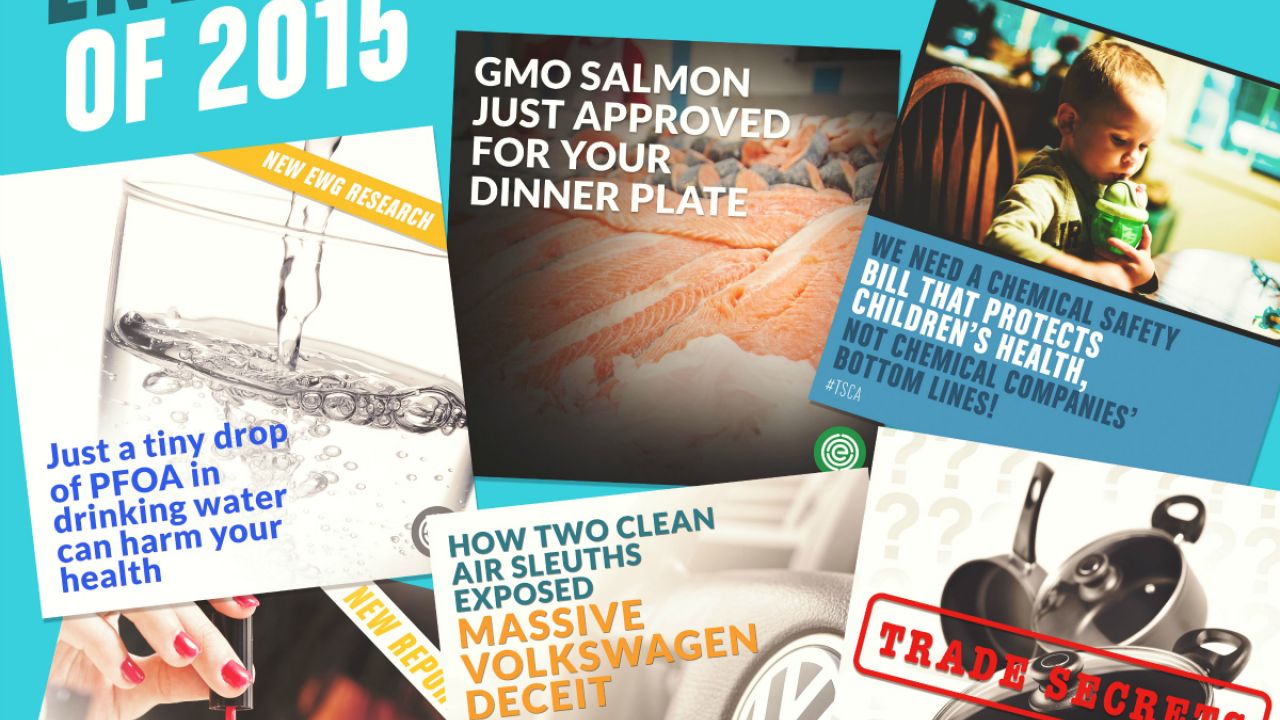
The EWG staff voted the landmark global climate accord approved on December 12 in Paris as the top environmental story of 2015.
In our judgment, the achievement of the Paris pact is that, for the first time, representatives of 196 nations – large and small, rich and poor, heavily industrial and rural – agreed in principle that they must reduce carbon emissions and that they will report on their progress every five years.
On the other hand, we all recognize that this accord alone will not halt global warming. It amounts to a pledge that the nations of the world will try to hold the “increase in the global average temperature to well below 2 °Celsius above pre-industrial levels, and to pursue efforts to limit the temperature increase to 1.5 °C above pre-industrial levels.” The agreement’s provisions are non-binding, and even if they are met, global warming may still inflict severe and widespread damage to the environment and society.
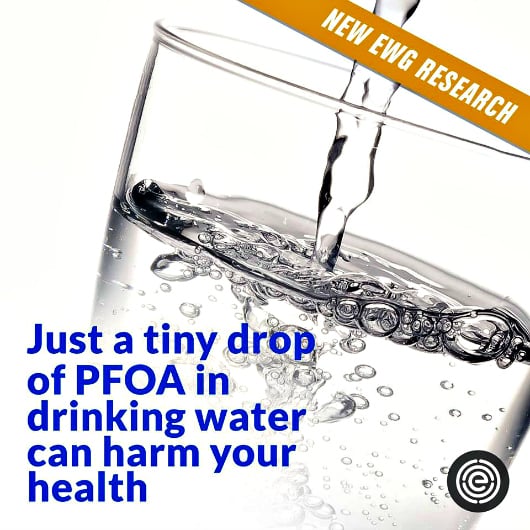
Ranked second in the EWG staff’s poll was journalist Mariah Blake’s chilling investigative account of how DuPont polluted Parkersburg, W. Va., with a hazardous industrial chemical known as perfluorooctanoic acid, or C8. The Huffington Post published Blake’s account last August.
DuPont’s actions came to the attention of journalists and the public via an EWG investigative report, published last May, titled “Poisoned Legacy.” This report and others told how DuPont had failed to live up to the terms of its 2005 settlement with people of the Ohio River valley, whose drinking water had been polluted by decades of C8 emissions from a DuPont plant that manufactured Teflon and other non-stick, waterproof or stain-resistant materials used in thousands of household products.

In a related development highlighted in the EWG staff ballot, last October a federal jury in Columbus found DuPont liable for emissions from its Washington Works plant. The jurors concluded that C8 contamination caused the kidney cancer of Carla Marie Bartlett, 59, who lived about 10 miles downriver from the plant. The company was ordered to pay Bartlett $1.6 million. Her case was the first of some 3,500 pending lawsuits filed against DuPont by residents of the Ohio River valley.
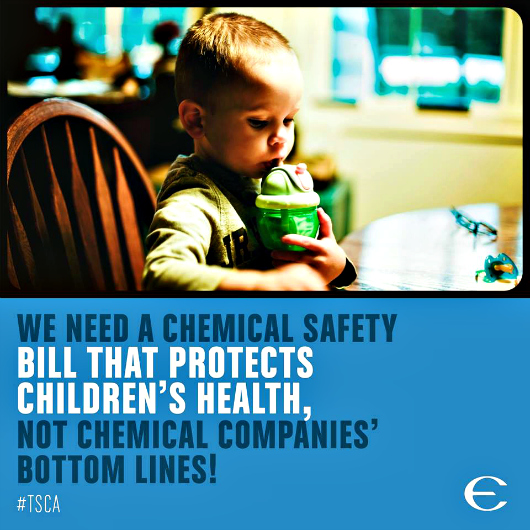
The staff’s third-ranked pick: Congressional passage of the first overhaul of the Toxic Substances Control Act since its enactment in 1976. The Senate passed its version of the bill on December 17 in the closing days of its 2015 session. The House had passed its version on June 23. The measures are substantially different. Congressional leaders will have to negotiate an agreement to reconcile them on key points, and then send the result to President Obama for his signature.
Both versions received strong backing from the American Chemistry Council, the trade group of the nation’s biggest chemical manufacturers, including Dow, DuPont, BASF and Chevron Phillips, but it was opposed by nearly all environmental and public health groups, including EWG. A chemical lobbyist with the American Chemistry Council was exposed as the author of an early draft of the Senate bill.
“Without very substantial improvements, this bill simply will not protect America’s families or communities against the chemical onslaught, and EWG opposes any measure that will not accomplish that goal,” EWG president Ken Cook said of the Senate-passed bill.
Among other flaws, as EWG’s Scott Faber and Melanie Benesh chronicled in a paper published last month, neither the House nor the Senate bill features a safety standard as tough as the one that federal law applies to pesticides. Instead, the bills propose a standard based on “unreasonable risk,” throwing the question of what is “reasonable” to the courts.
Both versions would prevent states from enacting their own laws and regulations to restrict dangerous chemicals. The House version also preserves a loophole in current law that essentially blocks the Environmental Protection Agency from asking a chemical manufacturer for crucial safety data about a new substance it intends to make or import. The agency’s investigations of potentially hazardous chemicals would proceed at a glacial pace: under either measure. EWG estimates that the EPA would take a century to assess the thousand most dangerous chemicals now on the market.
Other top environmental stories scored by the EWG staff:

4. An analysis by EWG’s Emily Cassidy, headlined “Corn ethanol is a climate disaster.” Cassidy came to the disturbing conclusion that corn ethanol, the leading biofuel on the market today, is worse for the climate than gasoline.
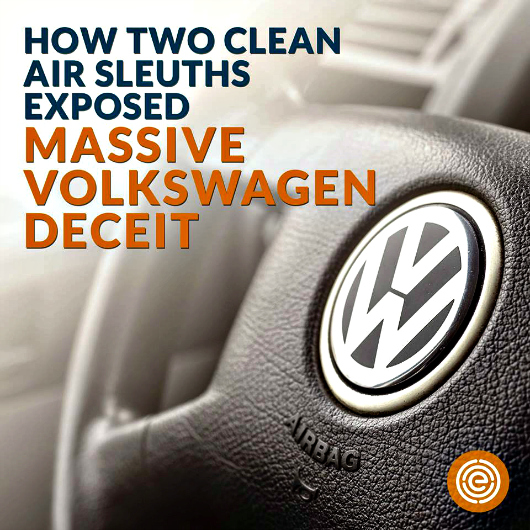
5. The global Volkswagen emissions cheating scandal, which affects millions of cars and drivers and the air breathed by countless millions around the world.
6. Exxon’s decision to bury its own research that confirmed, a quarter of a century ago, that fossil fuels were accelerating global warming.
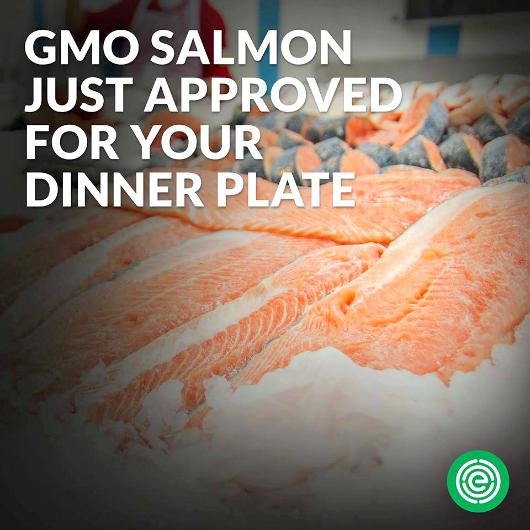
7. Federal Food and Drug Administration approval of genetically modified salmon for human consumption.
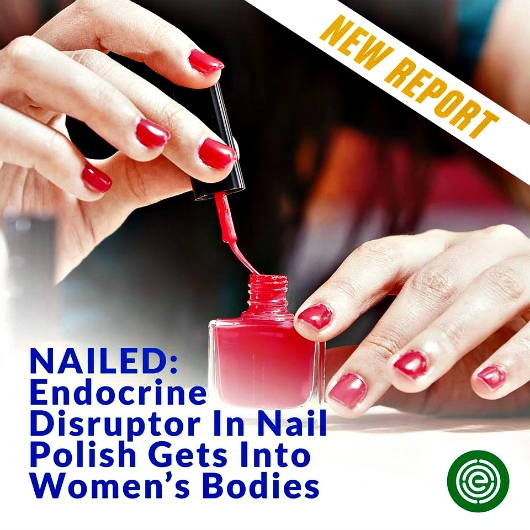
8. A groundbreaking research study by Duke University and EWG scientists that found that a potentially hormone-disrupting chemical in many brands of nail polish migrates almost instantly into the bodies of anyone using the polish, including vulnerable teens and pre-teens.
9. President Obama’s rejection of plans to build the Keystone XL oil pipeline from Canada to the Gulf Coast. Obama said the reason was the project’s likely impact on climate change.

10. The FDA’s order, issued last June, to phase out partially hydrogenated oils, the major cause of artificial trans fats in food. The agency said the plan would help prevent 20,000 heart attacks and 7,000 deaths a year. But the FDA gave the processed food industry three full years to comply. And it did not indicate that it would close a loophole that allows manufacturers to label foods “zero trans fat” if they contain less than half a gram per serving.
You can read AgMag’s Top 10 stories here.



